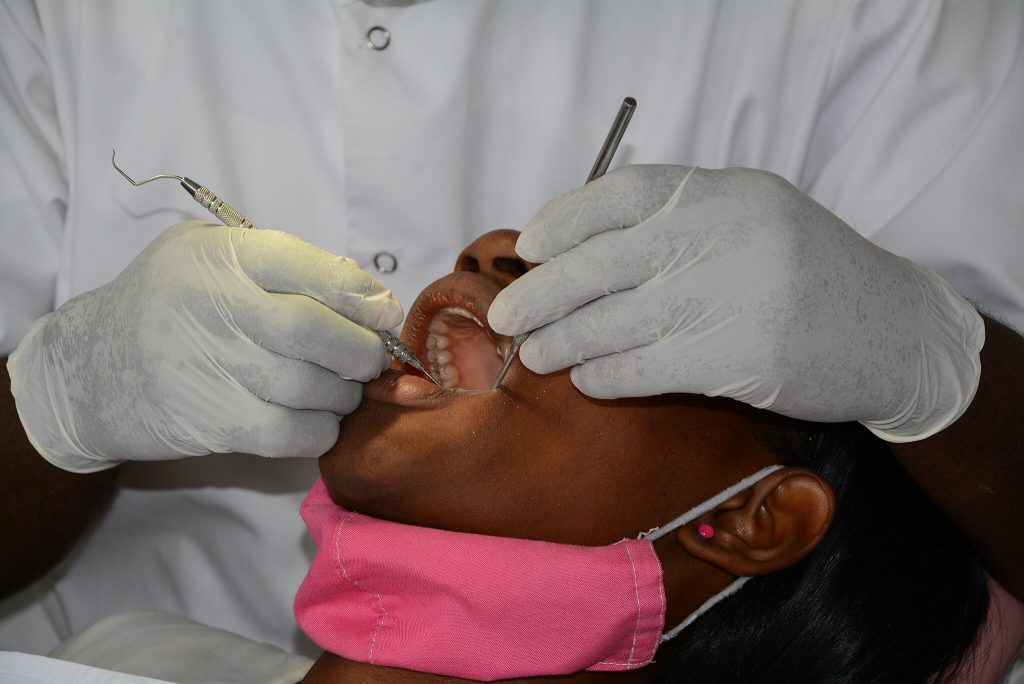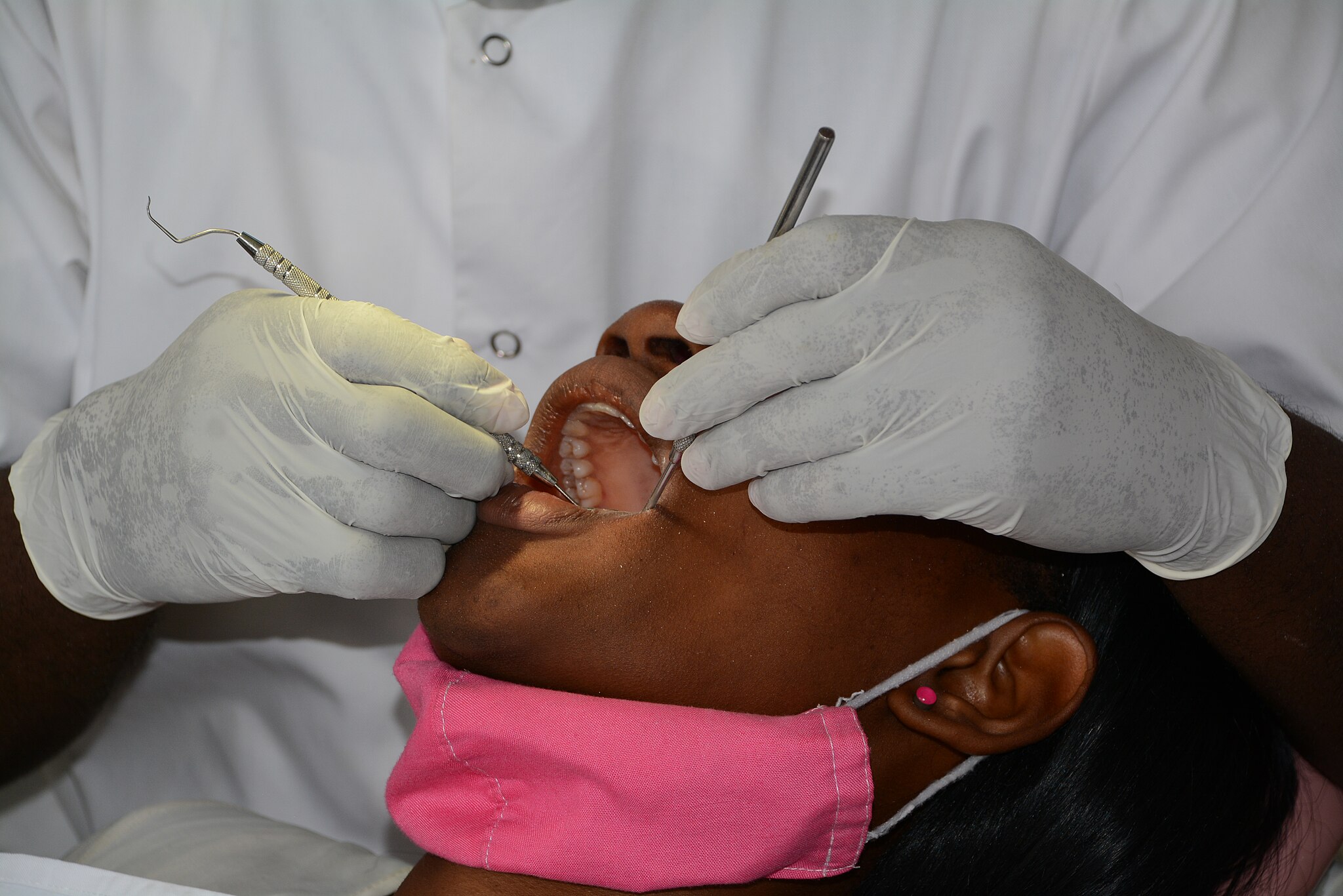By Madison Miller
It’s common knowledge that taking care of our teeth is important; what’s less known is that a single decayed tooth could easily lead to heart attack or stroke if the bacteria in your mouth makes it into your bloodstream. Teeth often decay for many reasons and can result not only in a loss of confidence but major detriments to overall health. The fact that dental procedures are often painful and invasive can make it difficult for those in need to go through with getting the help they need.

This issue and more can be solved with a burgeoning new form of dentistry. Regenerative dentistry, or regenerative endodontics, is the process by which teeth are restored to their original form, and it is changing oral health by offering new, specific treatments and solutions to oral care complications. These new technologies allow for restoration of teeth and oral health, ensuring long-lasting results, revolutionizing healthcare options and opening doors to new opportunities for patients.
Drawing from advancements made in biomedical engineering, regenerative dentistry is customizable for each patient. According to the International Dental Journal (IDJ), this science builds on three main parts, “stem cells, bioactive molecules, and biomaterials, which act as scaffolds to promote cell growth and differentiation.” These parts allow for the regeneration of teeth, utilizing multiple techniques depending on the patient’s needs.
These new techniques and procedures stimulate the growth of new bone matter in a person’s teeth, thereby maintaining their oral health without being painful or invasive to gums and bone. Because stem cells are unspecialized and can be used to perform different actions based on where they are placed in the body, they are able to reconstruct the tooth and form the scaffolding for the tooth to regrow when placed in the root canal. The IDJ continues that regenerative endodontics, with the help of new technology, can become “patient-specific customised constructs [that] can be created with high accuracy and precision.”
While incredibly promising, regenerative treatments like this are still new and require close examination of the benefits and drawbacks. Dr. Monica Gobran, a dentist interested in new methods of dentistry, says benefits include being “less invasive than traditional surgical procedures, leading to faster recovery times.” This is a plus for people who don’t wish to go through a long recovery period but still wish to improve their oral health, as it is an easier alternative to surgery and can even promote better health in some cases.
The IDJ contributes limitations to “numerous debatable safety and ethical concerns, particularly when it comes to the administration of stem cells.” Since new regenerative processes are not fully understood yet, there are potential risks of unwanted tissue formation. Ethics are a major factor in healthcare, so, when it comes to not fully knowing the result of certain procedures, new advancements must go through many tests before being certifiable.
Oral healthcare and patient well-being will continue to improve as more advancements are made within regenerative endodontics, keeping patients happy and healthy as they traverse the field of dental care. With a practice that’s quick, personalized, and less invasive for patients, the way that oral health is maintained is on the path of change for the better.







